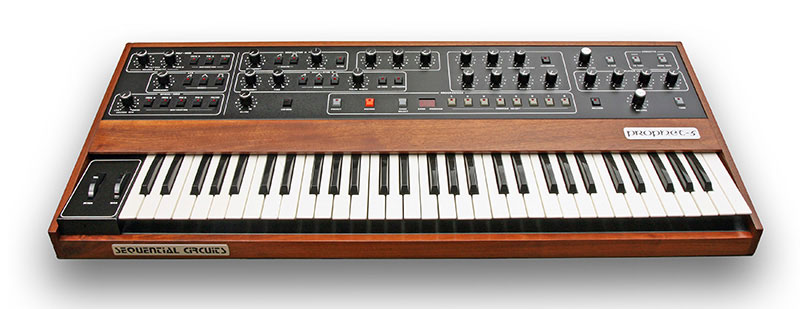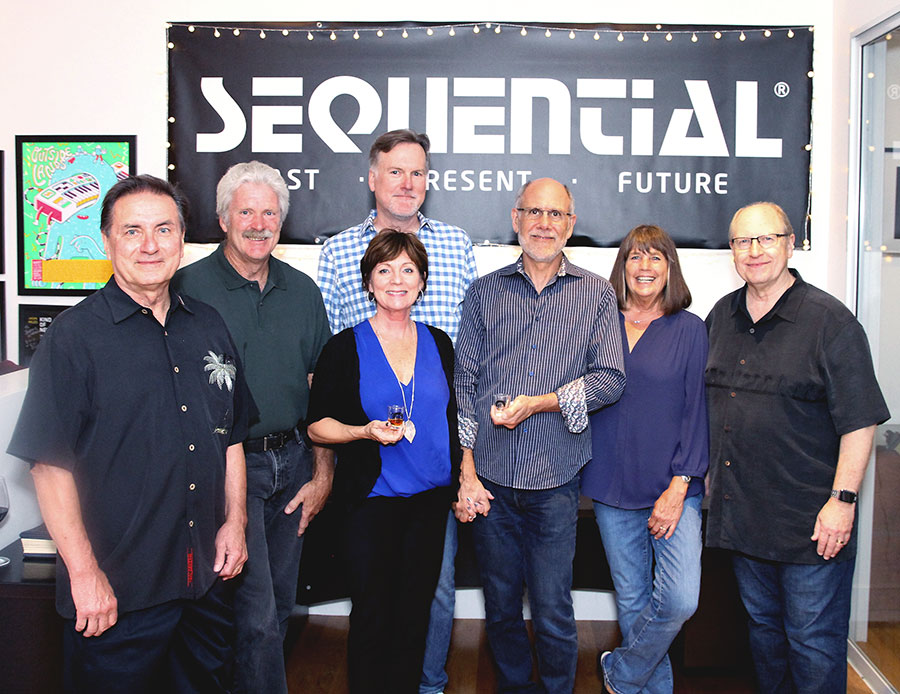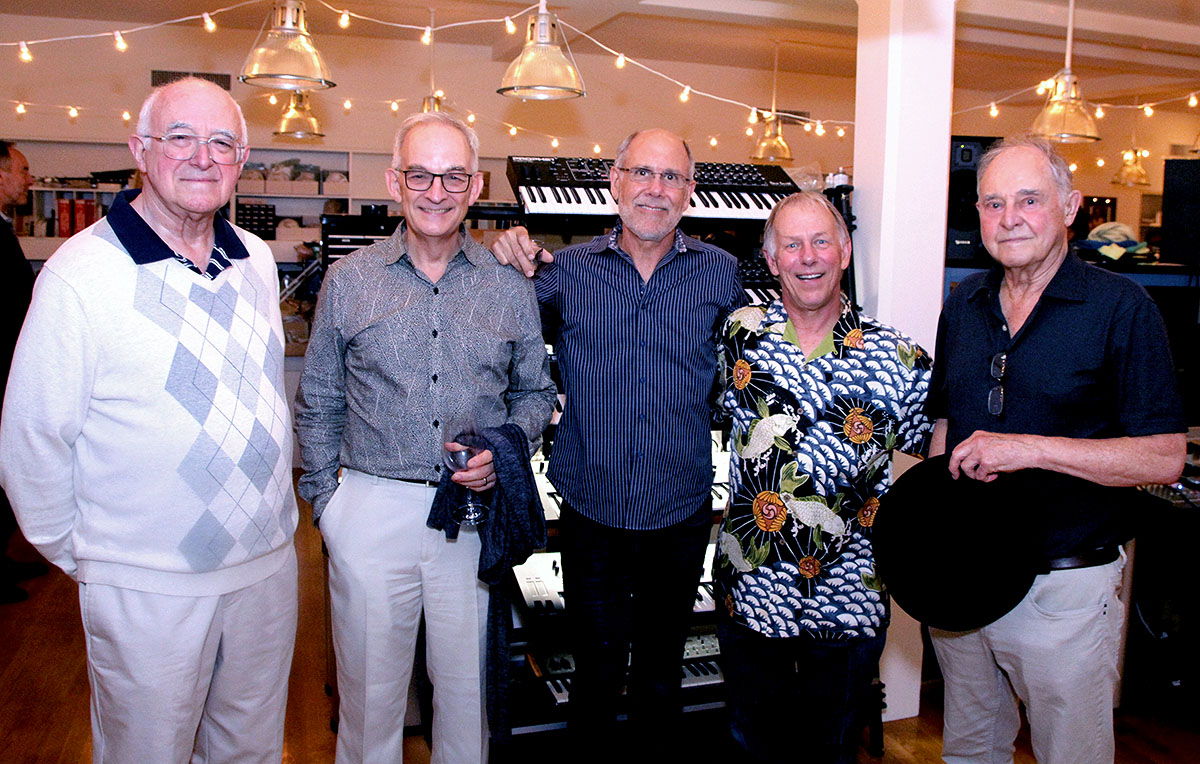
In a private event held in historic North Beach, San Francisco, Dave Smith and a group of friends and artists today celebrated the 40th anniversary of the creation of the Sequential Circuits Prophet-5—the world’s first fully-programmable polyphonic synthesizer. To mark the occasion, Smith announced that Dave Smith Instruments has rebranded itself as “Sequential”—re-embracing the name and legacy of Smith’s original, pioneering electronic instrument company.
Founded by Dave Smith in 1974 as “Sequential Circuits,” the original incarnation of the company forever changed music technology with the advent of the Prophet-5, which broke new ground as not only the first polyphonic synthesizer to enable players to store and recall presets, but also as the first musical instrument with an embedded microprocessor.
The instrument debuted at the 1978 Winter NAMM show to a largely astonished audience of musicians and industry competitors such as ARP, Moog, and Oberheim, who comprised the bulk of a market almost exclusively made up of a very few pioneering American companies. The instrument featured 5 voices and a 5-octave keyboard with a case crafted out of figured koa wood. The enclosure housed a straightforward, knob-based interface/voice architecture that musicians could easily grasp: two hard-syncable oscillators with simultaneous triangle, sawtooth, and pulse waves, a robust 24 dB per-octave, resonant low-pass filter, individual 4-stage envelopes for filter and amplitude, and the innovative Poly Mod section that provided simple-yet-powerful modulation capabilities.
Manufactured from 1978 to 1984 with an initial price of $3995 (about $15,000 in today’s dollars) the Prophet-5 proved so successful that its sound not only defined popular music for years, but its design provided the blueprint for what a poly synth could be. Virtually every major artist of the period used the Prophet-5 on stage or in studio, while its iconic sound provided the backbone of countless songs.
Dave Smith described the early days of the Prophet-5: “The demand for the Prophet-5 was incredible. For the first several years we simply couldn’t keep up. Artists and their management would call our offices begging us to sell them whatever we had. It was a crazy time.” As analog synthesizers gradually gave way to cheaper digital instruments in the 1980s, Sequential eventually phased out the Prophet-5. The final unit to roll off the production line is still owned by Smith.
The company ceased operations in 1987 and its name (shortened to “Sequential” in the mid-1980s) and assets were acquired by Yamaha. Smith went on to consult for Yamaha and Korg, developing the Wavestation and other ground-breaking instruments.
When Yamaha returned the Sequential name to Smith in a gesture of goodwill in 2015, Smith and company created a successor to the original instrument in the form of the Sequential-branded Prophet-6, a 6-voice re-imagining of the Prophet-5 with an all-analog signal path and discrete VCOs and filters. Not surprisingly it has proved to be as popular with musicians as its legendary predecessor. In an era filled with digital emulations of vintage instruments, Smith says he’s not surprised: “To me, a hardware synth has a soul. It inspires you to interact with it in a musical way that I often find lacking in software instruments and many all-digital instruments. Judging from the enduring success of the Prophet-5 and Prophet-6 and their successors, a lot of people feel the same way. That’s very gratifying.”

Some of the original Sequential Circuits team. From left to right: David Sesnak, Scott Peterson, Denise Smith, Andrew McGowan, Dave Smith, Barbara Fairhurst, and John Bowen.

